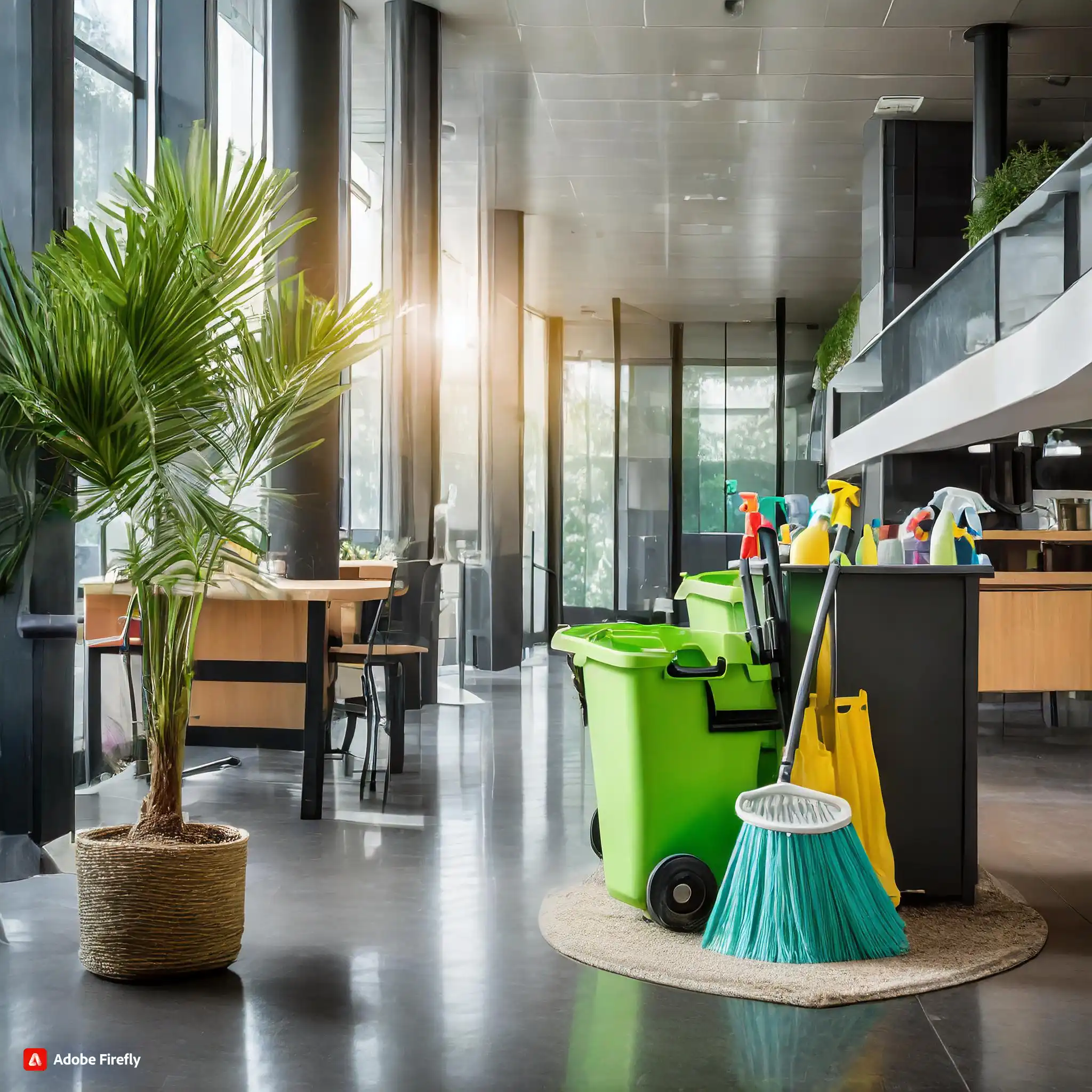Hard Floor Care
Is it OK to Remove Floor Finish by Dry Stripping Methods?
Understanding Dry Stripping and its Implications: A Cautionary Approach
Dry stripping, a maintenance technique employed to remove floor finish using a floor machine and specialized pads, is a subject that warrants careful consideration due to its potential impact on both the floor and the indoor environment. The answer to whether it is OK to use dry stripping methods involves an exploration of the process, its feasibility, and the associated risks.
Dry Stripping Process
Dry stripping involves the use of an oscillating floor machine equipped with a suitable pad designed for finish removal. The process does not rely on the application of liquid stripping solutions; instead, it leverages the mechanical action of the pad to abrade and lift off the existing floor finish. While advancements in oscillating floor machines and innovative “prep pad” technology have made dry stripping feasible, it raises considerations related to practicality and potential consequences.
Feasibility vs. Practicality
The feasibility of dry stripping, enabled by modern equipment and pad technology, does not necessarily translate into practicality for routine floor maintenance. Despite the technical capabilities of new machines, the overall effectiveness of dry stripping may vary based on factors such as the type of floor finish, the condition of the floor, and the presence of multiple coats. In many cases, alternative methods, including traditional wet stripping, may offer more reliable and consistent results.
Unhealthy Dust Creation
One of the primary concerns associated with dry stripping is the generation of unhealthy dust during the process. Dry removal of floor finish can result in the dispersal of fine particulate matter into the air, posing potential respiratory risks to individuals in the vicinity. The inhalation of dust particles can be detrimental to indoor air quality and may contribute to discomfort and health issues.
Potential for Substrate Damage
Dry stripping raises concerns about the potential for substrate damage. The mechanical action of the pad, especially if not precisely controlled or if the floor is uneven, may lead to abrasions or scratches on the underlying substrate. This risk is particularly relevant for sensitive floor materials that may be more susceptible to damage.
Recommended Practice
In light of the potential drawbacks associated with dry stripping, the recommendation is to err on the side of caution and avoid this method for routine floor finish removal. Traditional wet stripping methods, utilizing liquid stripping solutions, provide a more controlled and established approach, minimizing the risks of substrate damage and airborne dust.
Conclusion
In summary, while advancements in floor machine technology have introduced dry stripping as a feasible technique, the practicality, potential health risks, and substrate considerations warrant a cautious approach. Facility managers and maintenance professionals are encouraged to assess the specific needs of their floors, prioritize safety and indoor air quality, and opt for methods that strike a balance between effectiveness and minimizing adverse effects on the floor and its environment.
Frequently Asked Questions
Have a different question and can’t find the answer you’re looking for? Reach out to our support team by sending us an email and we’ll get back to you as soon as we can.
- What is Floor Finish Gloss Retention?
- Enhancing the Explanation of Floor Finish Gloss Retention Definition of Floor Finish Gloss Retention Long Term Gloss Maintenance Floor finish gloss retention refers to the capacity of an applied...
- What are Volatile Organic Compounds (VOCs)?
- Volatile Organic Compounds VO Cs Volatile Organic Compounds VO Cs are a group of organic chemicals that have the tendency to evaporate into the air under normal atmospheric conditions...
- What is a Floor Finish Restorer?
- Understanding Floor Finish Restorers Definition of Floor Finish Restorer Restoration without Re Coating A Floor Finish Restorer is a specialized product designed to restore the appearance and performance of...
- What is Acrylic Floor Finish and How is It Made?
- Understanding Acrylic Floor Finish and Its Manufacturing Process Introduction to Acrylic Floor Finish Acrylic Floor Finish is a protective coating applied to floors commonly used to enhance durability provide...
